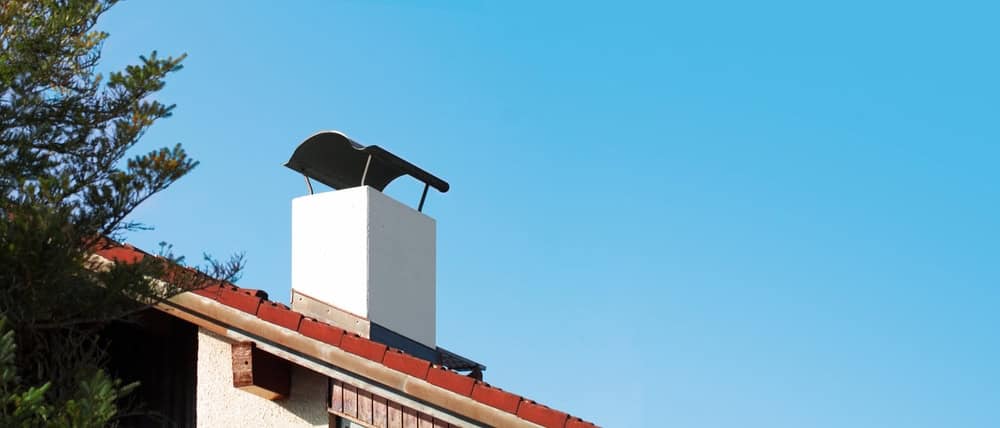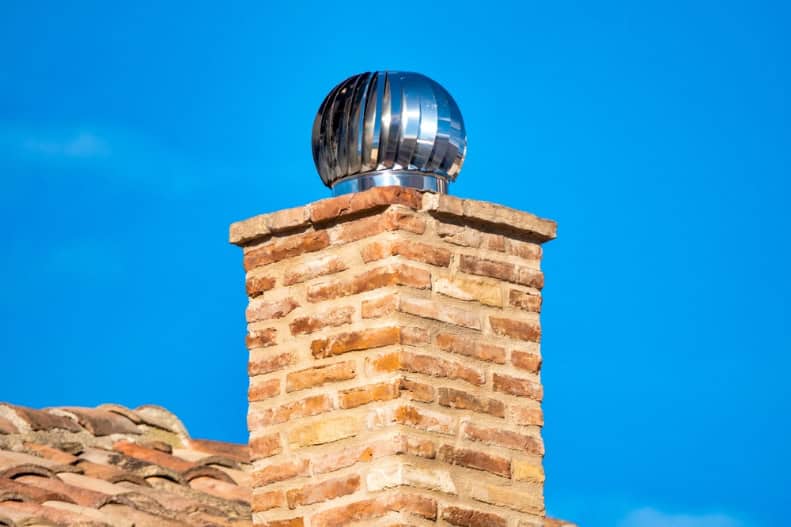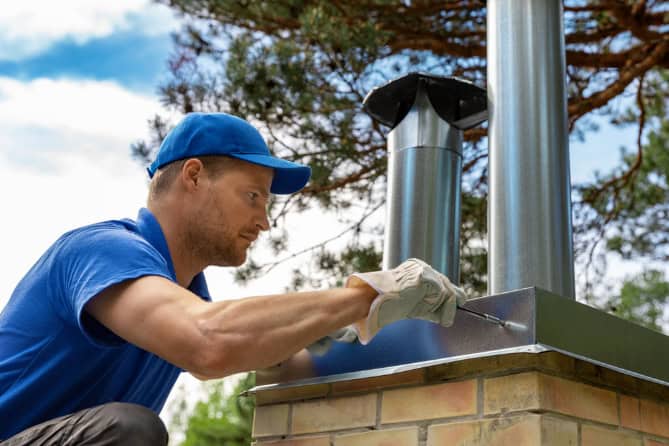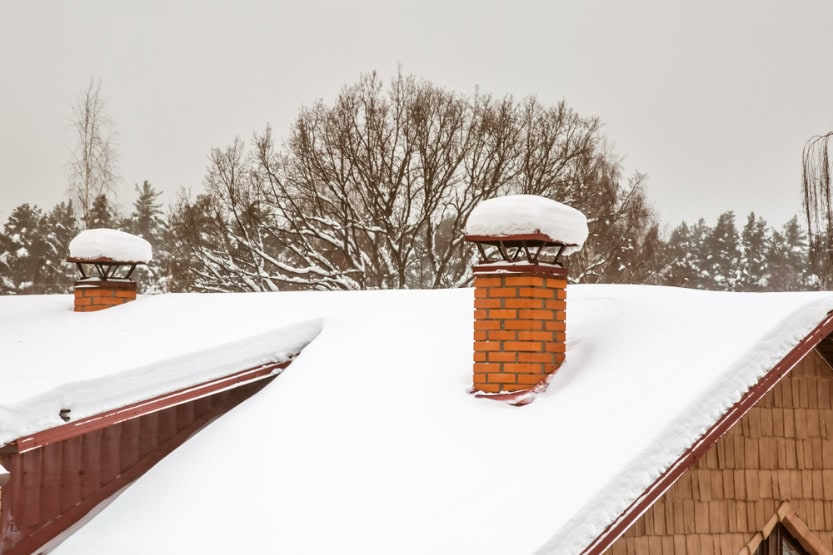Custom chimney caps that actually protect your home investment from coastal weather and costly repairs.

Hear from Our Customers

You’re not just getting a metal cover on top of your chimney. You’re getting a barrier that stops thousands of dollars in water damage before it happens.
A properly installed chimney cap keeps rain, snow, and coastal moisture from pouring down your flue and into your home. No more stained walls, damaged fireboxes, or rusted dampers. No more squirrels, birds, or bats making themselves at home in your chimney.
Your fireplace draws better. Your heating bills stay reasonable. And you sleep better knowing your home is actually protected from the elements that want to get inside and cause expensive problems.
We’ve been protecting Misquamicut homes since 2000. The same team that started this work over twenty years ago is still here, still solving problems, and still installing chimney caps that actually last.
Our technicians are CSI certified through the Chimney Safety Institute of America. That means we know the difference between a quick fix and a real solution. We understand how coastal weather affects different materials and which caps will hold up to Rhode Island’s climate.
We’ve seen what happens when chimney caps fail, and we’ve learned how to prevent it from happening to your home.

First, we measure your chimney crown and flue opening to ensure a perfect fit. Generic caps from the hardware store don’t work because every chimney is different. Yours gets measured properly.
Next, we select the right material for your situation. Stainless steel works best in coastal areas like Misquamicut because it won’t rust or corrode from salt air. We’ll explain why certain materials make sense for your specific chimney and location.
Installation happens quickly but carefully. We secure the cap properly so it won’t blow off in storms, but we also make sure it doesn’t interfere with your chimney’s draft. You’ll know it’s working the first time it rains and water stays outside where it belongs.

Ready to get started?
Every chimney cap we install is measured and fitted specifically for your chimney. No universal sizes that sort of fit. No gaps where water can sneak through.
You get stainless steel construction that handles coastal weather without rusting. A mesh screen that keeps animals out but lets smoke flow freely. And a design that actually improves your chimney’s performance instead of just sitting there looking like an afterthought.
We also handle chimney cap replacement when your current cap has failed or started deteriorating. Many homeowners in Misquamicut discover their existing caps are letting in water or have mesh that’s torn and useless. We’ll remove the old cap and install something that actually works.
